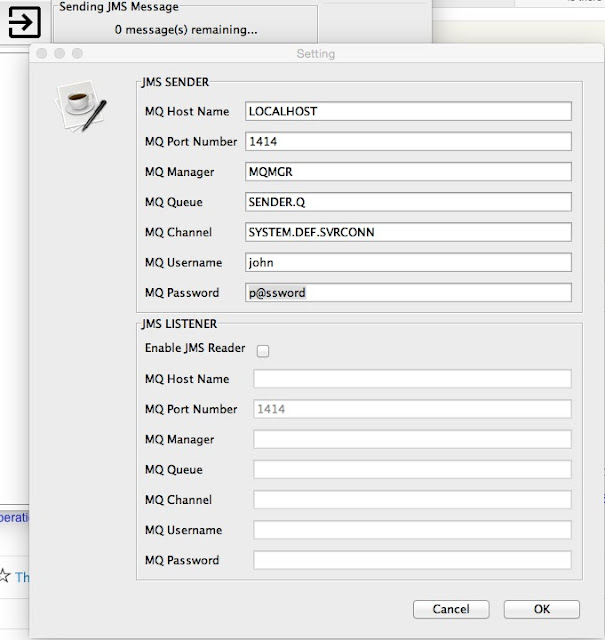Simple step to cluster Web Service using Apache HTTP server. The HTTP server act as a load balancer for 2 or more resources.
 A. Ensure that the following modules are enabled.
A. Ensure that the following modules are enabled.
LoadModule actions_module modules/mod_actions.so
LoadModule alias_module modules/mod_alias.so
LoadModule allowmethods_module modules/mod_allowmethods.so
LoadModule asis_module modules/mod_asis.so
LoadModule auth_basic_module modules/mod_auth_basic.so
LoadModule authn_core_module modules/mod_authn_core.so
LoadModule authn_file_module modules/mod_authn_file.so
LoadModule authz_core_module modules/mod_authz_core.so
LoadModule authz_groupfile_module modules/mod_authz_groupfile.so
LoadModule authz_host_module modules/mod_authz_host.so
LoadModule authz_user_module modules/mod_authz_user.so
LoadModule autoindex_module modules/mod_autoindex.so
LoadModule cgi_module modules/mod_cgi.so
LoadModule dir_module modules/mod_dir.so
LoadModule env_module modules/mod_env.so
LoadModule include_module modules/mod_include.so
LoadModule info_module modules/mod_info.so
LoadModule isapi_module modules/mod_isapi.so
LoadModule lbmethod_byrequests_module modules/mod_lbmethod_byrequests.so
LoadModule log_config_module modules/mod_log_config.so
LoadModule mime_module modules/mod_mime.so
LoadModule negotiation_module modules/mod_negotiation.so
LoadModule proxy_module modules/mod_proxy.so
LoadModule proxy_balancer_module modules/mod_proxy_balancer.so
LoadModule proxy_html_module modules/mod_proxy_html.so
LoadModule proxy_http_module modules/mod_proxy_http.so
LoadModule setenvif_module modules/mod_setenvif.so
LoadModule slotmem_shm_module modules/mod_slotmem_shm.so
LoadModule socache_shmcb_module modules/mod_socache_shmcb.so
LoadModule ssl_module modules/mod_ssl.so
LoadModule status_module modules/mod_status.so
LoadModule xml2enc_module modules/mod_xml2enc.so
B. Add httpd-proxy-balancer.conf.
Include conf/extra/httpd-proxy-balancer.conf
C. Create httpd-proxy-balancer.conf inside extra folder.
<VirtualHost *>
#--- Set to Off since it is not request forwarder.
ProxyRequests Off
#--- Display load balance status.
ProxyStatus On
#--- Not passing request to proxied host.
ProxyPreserveHost Off
ProxyPass /balancer-manager !
ProxyPass /server-status !
#-- Balancer cluster name.
ProxyPass / balancer://mycluster/ STICKYSESSION=mysticky_session nofailover=Off
#-- Logging.
CustomLog C:/Apache24/logs/balancer_log.txt combined
#-- Use as gateway.
ProxyPassReverse / balancer://mycluster
#-- Cluster / balancer.
<Proxy balancer://mycluster>
BalancerMember http://{hostname}:{port} route=first loadfactor=5
BalancerMember http://{hostname}:{port} route=second loadfactor=5
</Proxy>
<Location /balancer-manager>
SetHandler balancer-manager
</Location>
<Location /server-status>
SetHandler server-status
</Location>
</VirtualHost>
D. Start Apache HTTP server.
/bin/httpd.exe
E. Access the application via port 80 if using default port.
http://{host name}:{port}/{app web-context}
F. Status of balancer can be checked from accessing Balance Manager URL.
http://{hostname}:{port}/balancer-manager






























